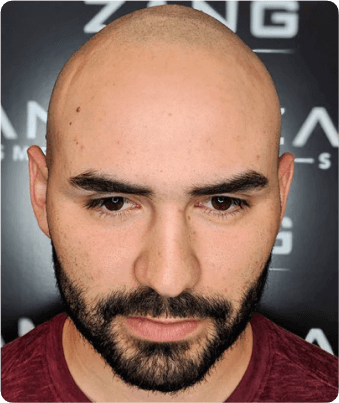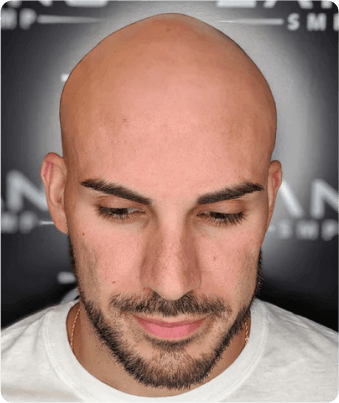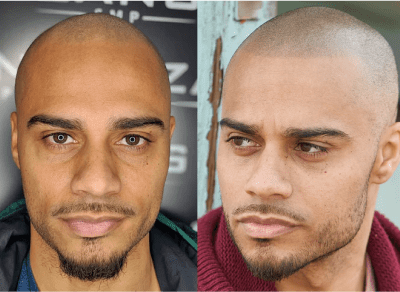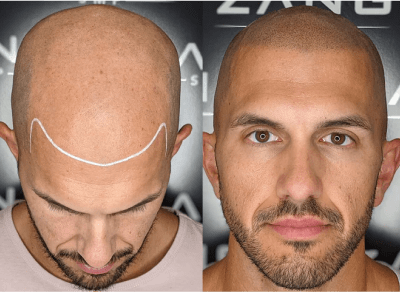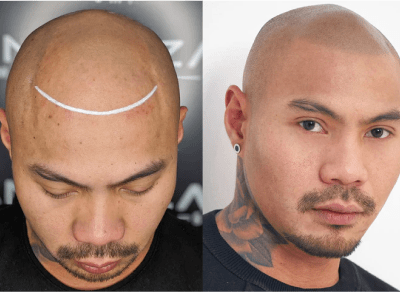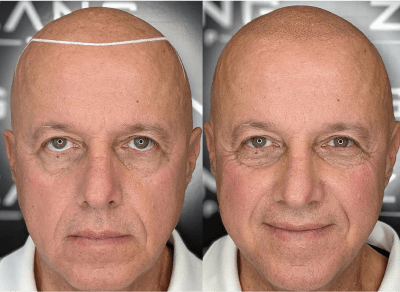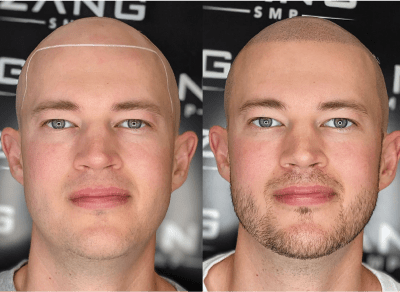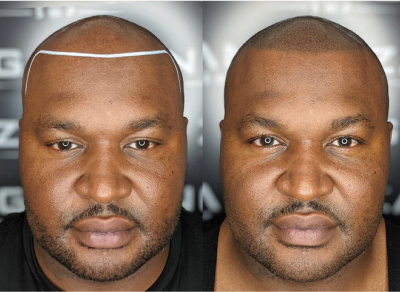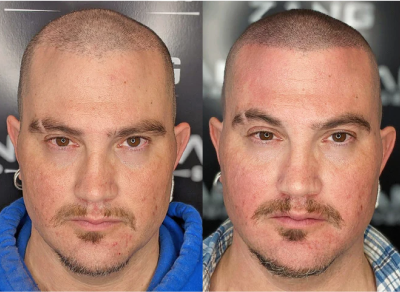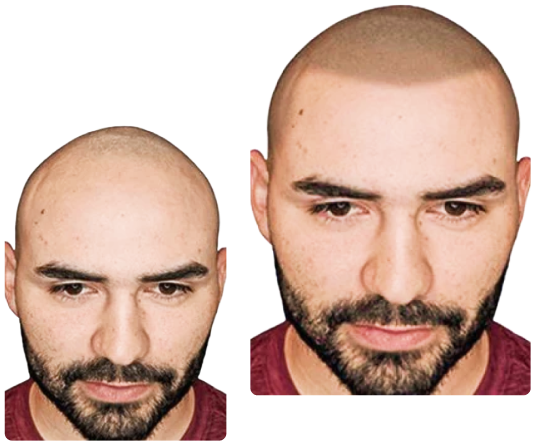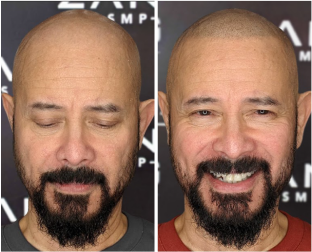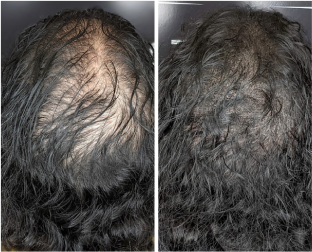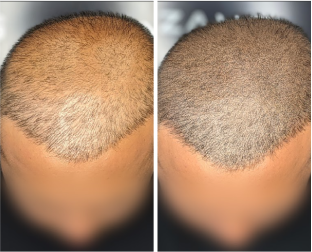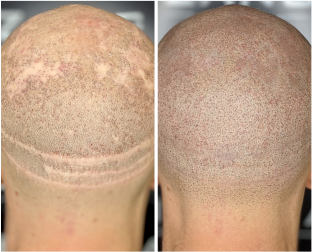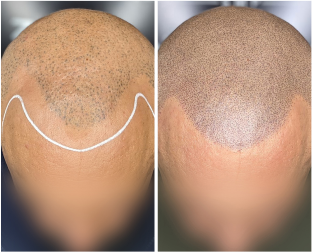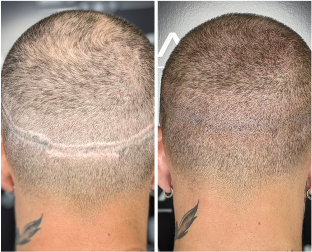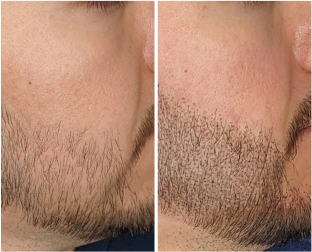How is Male Pattern Baldness Diagnosed and How Does it Influence Hair Loss?
The characteristic pattern of hair loss in male pattern baldness, affecting the hairline and crown, is used for diagnosis. Genetics and hormones are major factors in this and similar hair conditions.
Stages of Male Pattern Baldness
The Hamilton-Norwood scale is used to categorize the extent of hair loss. Stage 1 represents the least severe condition, while stage 7 shows complete baldness on the crown. People with Norwood stages 1 to 3 typically experience mild to moderate recession of the hairline.
Norwood stages 4 to 5 reflect severe hair loss in the frontal area and substantial thinning in the crown. Norwood stages 6 to 7 signify nearly complete or total hair loss on the top of the head.
Some less typical forms of male pattern baldness feature diffuse thinning across the entire scalp without hairline recession, or hair loss focused on the crown with no receding hairline.
Treatment For Male Pattern Hair Loss: Scalp Micropigmentation
Scalp Micropigmentation (SMP) is a non-surgical solution for male-pattern baldness. This procedure involves tattooing on the scalp that resembles the look of hair follicles. SMP can successfully recreate a full head of hair for anyone, no matter the extent of their hair loss.
While hair transplantation relies on a limited number of donor hair grafts to cover the scalp, SMP can stimulate hair growth and achieve hair density immediately, with no recovery time.
At Zang SMP in Costa Mesa, we apply organic, plant-based pigments to the scalp. These pigments imitate the appearance of hair follicles, delivering a life-changing outcome. Rather than having a bald head, SMP provides a cropped buzzed style.
No surgery or painful hair transplants are needed with SMP for men. This method allows you to achieve your preferred hairstyle. If you're dealing with an unwanted bald head, we can help. SMP provides the hair to improve your look.
SMP typically involves two to three treatments. For male-pattern hair loss, the first and second sessions occur one week apart. A third session, if needed, will be scheduled between 1 and 3 months later.

